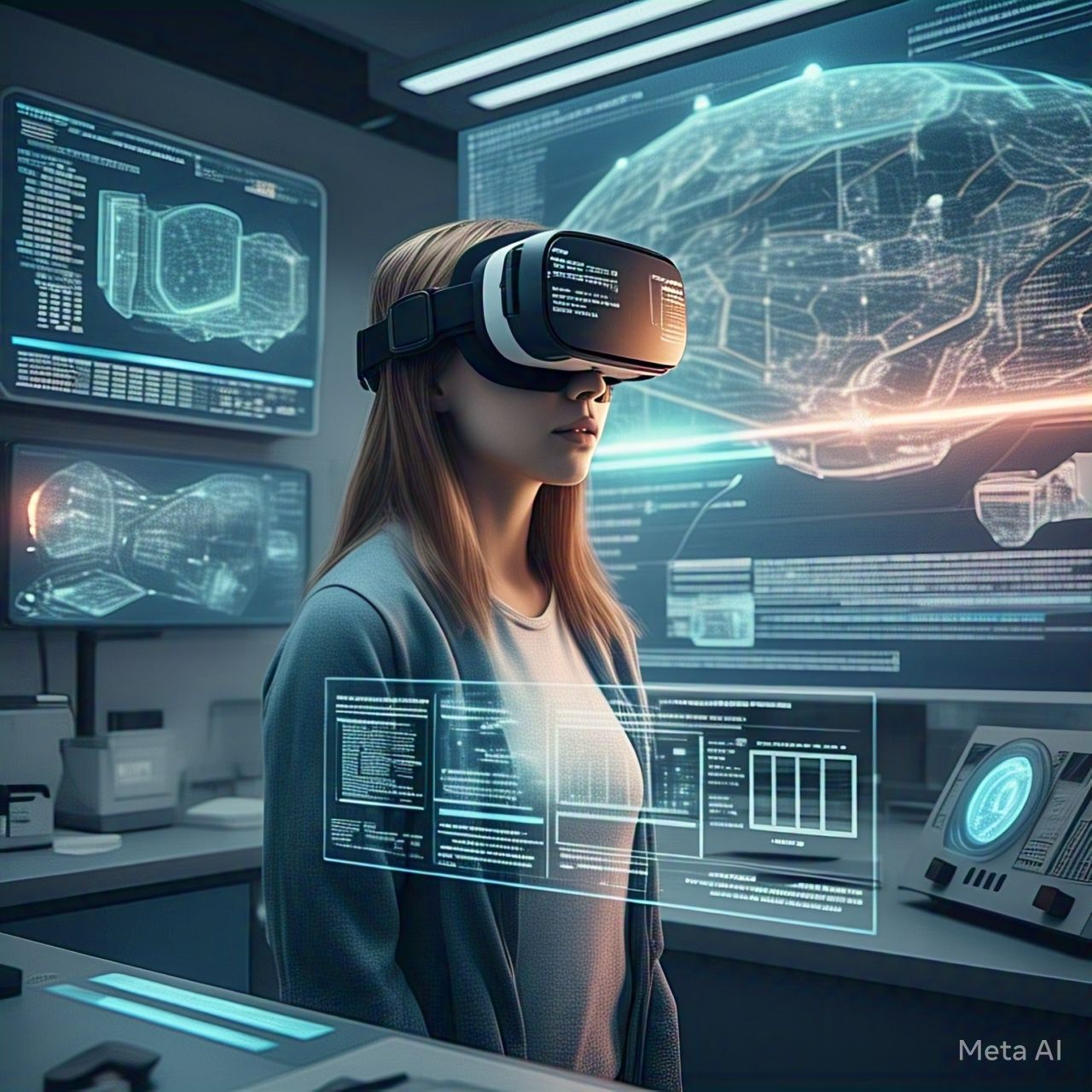Introduction
Artificial intelligence (AI) has long been associated with massive datasets and high-powered computing. However, compact AI models are proving that size isn’t everything. These smaller models are revolutionizing data processing by offering faster, more efficient, and cost-effective solutions. As industries increasingly demand real-time insights, compact AI is emerging as the key to unlocking smarter and more accessible computing.
Why Compact AI Matters
1. Efficiency with Limited Resources
Unlike traditional large-scale AI, compact models require fewer computational resources, making them ideal for edge devices and real-time applications.
2. Faster Data Processing
Compact AI models enable rapid data analysis, reducing latency and improving decision-making for applications such as financial forecasting and industrial automation.
3. Cost-Effective AI Implementation
With reduced hardware and energy requirements, compact AI lowers the cost of AI deployment, making advanced analytics more accessible to businesses of all sizes.
4. Enhanced Privacy and Security
Processing data locally on devices minimizes reliance on cloud servers, improving security and reducing the risk of data breaches.
Key Technologies Powering Compact AI
1. Model Compression Techniques
Methods such as pruning, quantization, and low-rank factorization reduce model size while maintaining performance.
2. Edge AI and On-Device Learning
Compact AI allows data processing directly on IoT devices, smartphones, and embedded systems without relying on external servers.
3. Knowledge Distillation
By transferring knowledge from large AI models to smaller ones, compact AI achieves high efficiency without sacrificing accuracy.
Real-World Applications of Compact AI
1. Smartphones and IoT Devices
Compact AI powers voice recognition, predictive text, and real-time analytics on mobile and smart home devices.
2. Financial and Business Intelligence
Lightweight AI models help businesses process vast amounts of data for market analysis, fraud detection, and risk assessment.
3. Healthcare and Wearables
Compact AI enhances wearable medical devices, enabling real-time monitoring of patient health and predictive diagnostics.
4. Autonomous Systems
Self-driving cars and drones leverage compact AI for fast decision-making and navigation without overloading system resources.
The Future of Compact AI in Data Processing
As AI continues to evolve, compact models are expected to:
- Improve in accuracy and performance through enhanced compression and optimization techniques.
- Integrate seamlessly with edge computing for real-time analytics and decision-making.
- Drive AI democratization by making advanced AI capabilities accessible to startups and smaller enterprises.
Conclusion
Compact AI is proving that intelligence doesn’t require massive infrastructure. By delivering powerful data processing capabilities with minimal resource consumption, these models are making AI more practical, efficient, and widely available. As technology progresses, compact AI will continue to play a crucial role in shaping the future of data-driven innovation across industries.




